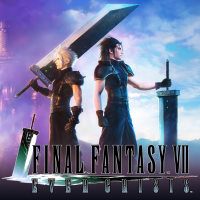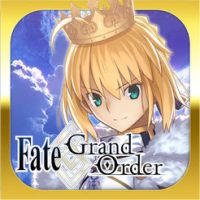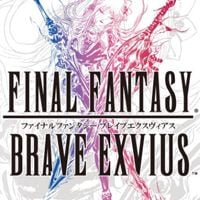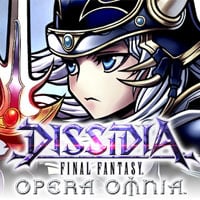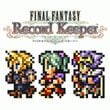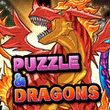Lootboxes on Steroids - What's Gacha and Where Did It Come From?
Asian mobile games conquer the western gaming world, bringing the ambivalent concept of gacha. What is it and where did it come from? What are the mechanics based on and how did it all come about?
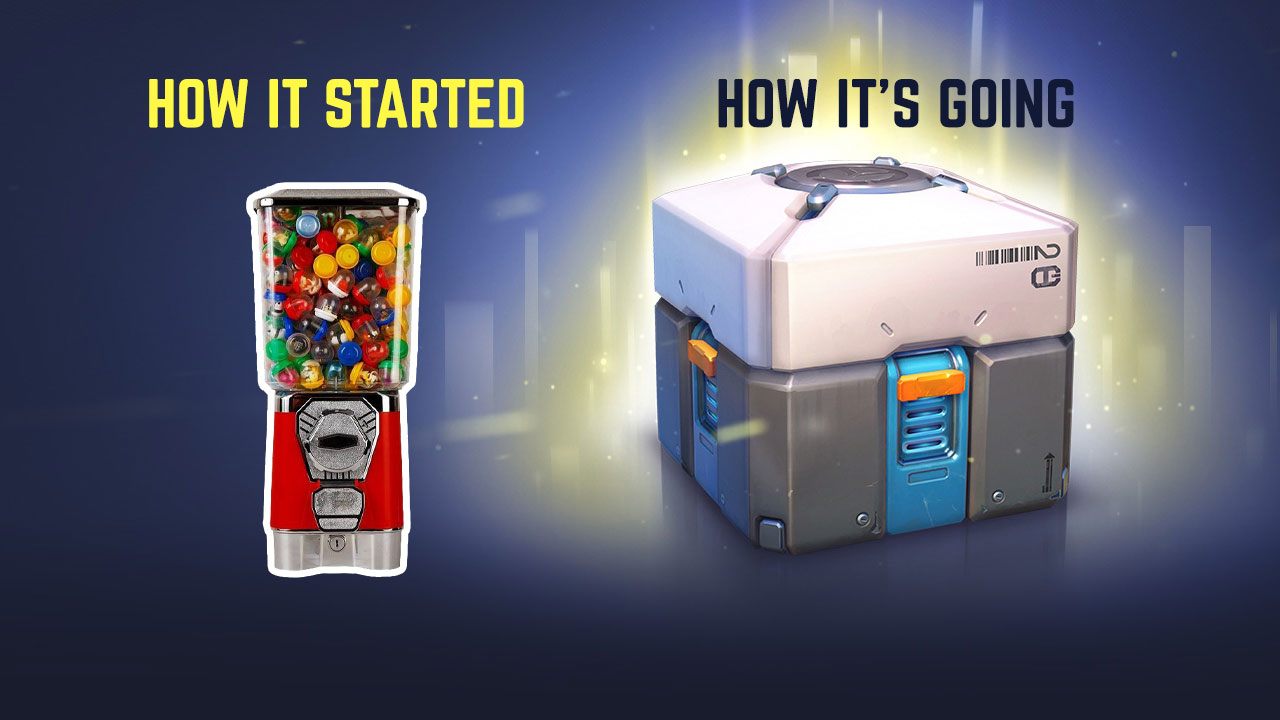
The immense popularity of Genshin Impact introduced many gamers around the world to the mechanic known as "gacha." For many, it's a rather puzzling term, often directly compared to loot boxes. Today we are going to get educational – let us take you on a journey where you will learn about the genesis of this mechanic and learn a bit more about its implementation in games.
Where did gacha even come from?
You may be familiar with those little vending machines with capsule toys, often standing in popular tourist destinations. You toss in a coin, and a random toy, rubber ball, or a stick-to-everything paw falls out. In Japan, these machines are known as gashapon. The name comes, as it happens in Japanese, from the onomatopoeia of two activities. Gasha symbolizes the sound of the capsule being opened with your hands, while pon is the sound you hear when it falls out of the machine.
The Japanese company Tomy, which boasts manufacturing the most popular slot machines, decided to shorten the word for marketing purposes and thus popularized the version we know today as the short and sweet gacha.
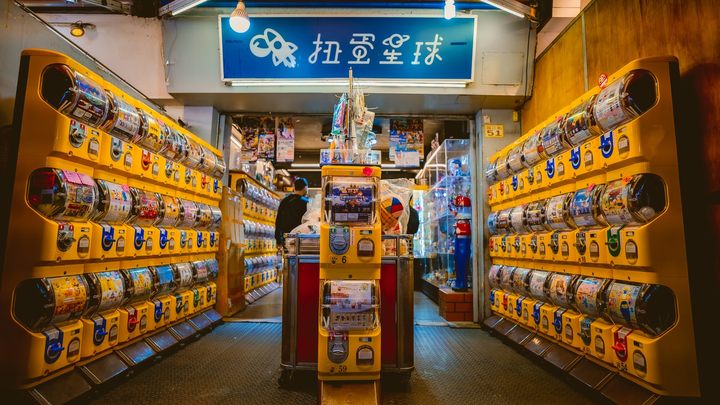
Compared to the machines they've got in other countries, the content of the Japanese capsules is of much better quality, which is reflected in the price. To use a vending machine in Japan, you pay between 100 and 500 yen (roughly $0.90 – $4.6). If someone gets caught up in collecting, they can pay through the nose.
In fact, while in some parts of the globe the ball machines are rather associated with the cheapest toys of the worst sort, the Japanese ones can surprise with quality. To this day, I still have a plastic crab that looks like the real thing. For a westerner, it’s also strange to see a store several stories high, completely filled with ball machines, the huge selection of them, and the quality of service. When one of the vending machines failed to dispense the desired ball, a vendor appeared out of nowhere and replaced the machine's faulty mechanism on the spot.
Martin Strzyzewski
And it was this form of monetizing our weakness for risk and gambling that appealed to a Japanese company so much that they decided to bring the gacha model to mobile games, which were rapidly gaining popularity. Who am I speaking of? The company that gave us such productions as Metal Gear, Silent Hill, Castlevania, and currently deals primarily with pachinko machines. I'm talking about Konami.
Konami and Gree – I made a monster...
The beginning of gacha in video games is marked by the Dragon Collection, which launched in 2010 on the Japanese mobile platform GREE. But before I focus on this game from Konami, let me take a moment to discuss the aforementioned social media platform, as it played key role in popularizing mobile gaming in Japan.
Gree started in 2004 as a hobby project by Yoshikazu Tanaka, who was fascinated by the booming Internet. It managed to get 10,000 users within a month, which allowed it to gain popularity exponentially. Within three years after launch, the platform already boasted an official partnership with operator NTT DOCOMO and its first million users. It was thanks to Gree that mobile games became popular, first developed using Flash, and later with phones and smartphones in mind.
As Tanaka was preparing to launch his platform on smartphones, he tied up a deal with Konami, who decided to produce a social mobile game that anyone could play – Dragon Collection. They took a chance with the F2P model, which at the time (2010) was not yet as popular as it is today. This title was decided to be monetized through proper implementation of the gacha system.
Dragon Collection was a combination of RPG, dungeon crawler and card game. A single-player campaign was prepared, in which you had to perform successive missions, raising the level of our account. This mechanic was tied to regenerating stamina points necessary for subsequent fights. At the very start, you were given a few units that allowed you to start having fun with the title. However, the longer you played, the more the difficulty increased, requiring more and more powerful units.
And this is where the gacha came into play.
By paying real cash, you were able to purchase a kind of coupon entitling you to a "lottery" in which the prize was new units. The strongest ones were at the same time the rarest and the chances of getting them turned out slim. They provided such an advantage, though, that those involved in the game were willing to spend considerable sums of money to try to draw the right card. Considering Konami was a pioneer in its field, they had a huge advantage due to the lack of any government regulation and could therefore use the same schemes found in casinos with impunity.
Dragon Collection instantly became a goose that laid the golden egg for Konami. Other companies immediately set about creating games that use gacha. New productions flooded the market, developers counted their profits, and the media slowly circulated reports of children spending several thousand dollars each on the credit cards of unsuspecting parents. In 2002, an article appeared in the conservative Yomiuri Shimbun newspaper that criticized companies using gacha and called on the Food and Drug Administration to intervene. After receiving many reports, it finally conducted an investigation and resulted in the legal banning of the use of the so-called "complete gacha" minigame in video games.
The evolution of Gacha
Gacha isn't all the same. When these mechanics debuted in games, they were aggressively focused on monetization. The so-called complete gacha was based on the fact that we randomly received items needed to create something else. It could have been a new character, weapon, spell, card – whatever. The more components we had, the harder the chance of creating a whole diminished. This led to the scandal and the eventual banning of this particular type of gacha.
This forced the developers to modify the system and have it evolve. The goal for game developers was simple – to create a mechanic that is relatively gracious to players on the one hand, and on the other hand, does not negatively impact the company's revenue. That's how the so-called box gacha was born, which still appears in many titles today. The player buys a package (box, crate, crystal, or whatever the developer thinks of) that has a clearly-defined probability of drawing selected items. Unlike the original version of gacha – the more we draw, the bigger chance we have of getting the desired item. This makes it much easier to determine the maximum sum we have to spend to get what we are hunting for.
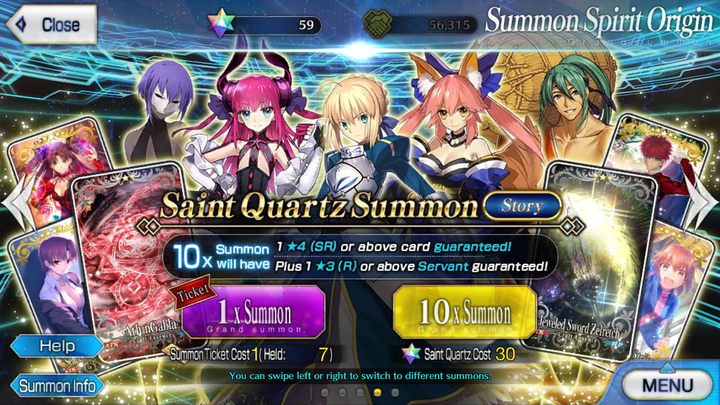
Of course, the market abhors vacuum, and more companies experiment with this mechanic, introducing modifications to it, often to the benefit of the player, although ultimately the goal is the same – to encourage us to spend as much money as possible in pursuit of a virtual object. A distinction can also be made between:
- redraw gacha – this system offers the ability to repeat a draw at no additional charge, and is often used when starting a new game;
- consecutive gacha – the chance of getting a rare item increases proportionally to how much you spend per draw, promoting "bulk" purchases;
- step-up gacha – as the draws continue, the chances of getting the rarest items increase significantly;
- open vs. closed gacha – we see some of the items we will receive before the draw.
Companies also use various additional tricks to further encourage spending. These can be time-limited promotions, allowing you to use gacha mechanics at a reduced price. They are often combined with the release of new in-game content or celebrating the anniversary of a particular title's debut. Guest appearances by characters from other works of pop culture – movies, manga and anime, and games – have also become the standard. Such a move not only helps to encourage old-timers to spend more, but also to attract newcomers, which is very important for the life cycle of any game. Especially since the competition is enormous and breaking through proves to be extremely difficult. This is constantly confirmed by new productions, debuting with flair and ending their life cycle after a few months or so.
If you start looking at the most popular titles on the market, you'll notice a pattern in the visual style, or more specifically, in the character design. Leading the way are scantily clad female characters, often with ample breasts and in slightly obscene poses. The waifu is the driving force behind whale spending (a colloquial term for someone who spends hundreds, if not thousands of dollars a month on a mobile game). Something that is extremely strange from most consumers' point of view has long been the norm for enthusiasts of Japanese pop culture. However, that's a topic for an entirely different dissertation for someone who can dig much deeper into this.
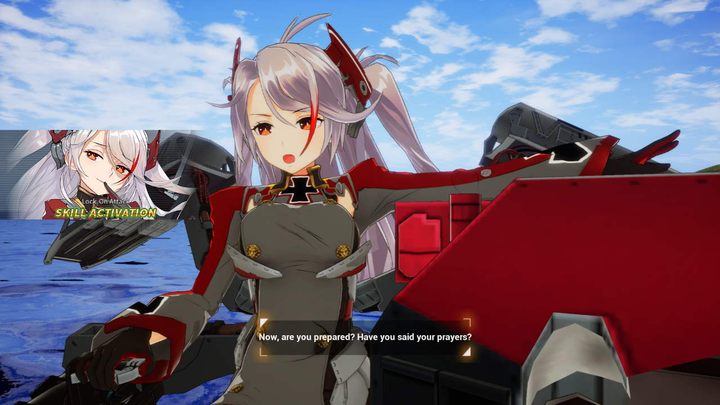
LOOTBOXES A LESSER EVIL TO GACHA?
The question whether crates with random contents are superior over gacha is quite debatable. Until a few years ago, the division was relatively simple. Lootboxes were obtained directly in the game, and gacha had to be paid for out of your pocket with real money. However, the changes that have taken place in the gaming market and the attempts to regulate this virtual gambling variant have brought the two aspects closer together to such an extent that currently there is not much difference between them. I would even venture to say that it is the gacha that has a more pro-consumer approach.
Gacha in all possible flavors
If someone wanted to create a list covering even half of the released games that are based on the gacha system, they would probably run out of time. The gigantic success initiated by the Dragon Collection, and later continued by subsequent productions that distanced Konami's title over time, continues to attract new developers. It's easier to look at these more popular works, known not only to Asian audiences, but also to the global market. And over the last few years, a lot of it has been accumulated.
It can't be denied that the doyen of the genre, Puzzle & Dragons, released by GungHo in 2012, is the most popular – it has since generated nearly $8 billion in revenue. After the success on mobile, they decided to look for new sources of income and prepared editions adapted to the Nintendo 3DS console (however, the gacha element was gone). This is becoming the norm among companies that have made gigantic amounts of money from the smartphone gacha and are looking for a way to enter the more elite console and PC market.
Equally popular is the Sony-published FATE/Grand Order, the epitome of gacha, which brings in about a billion dollars in revenue each year. Based on the Fate/stay night brand, the title has been available since 2015 and managed to establish itself as the hegemon, able to defeat any competitor in the long run. Even giants like Mixi's Monster Strike, which was unrivaled in Japan for a time.
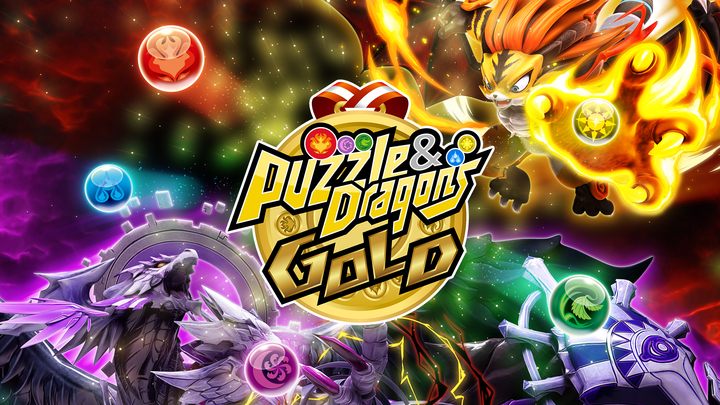
Also worth mentioning are several other incredibly popular productions, such as AFK Arena, Arknights, Azur Lane, Epic Seven and Dragon Ball Z Dokkan Battle. Nintendo also won its place in the market with two titles – Fire Emblem Heroes and Dragalia Lost.
Square Enix, which initially enjoyed success with Final Fantasy: Record Keeper, has also remained a strong contender over the years. Later, the company managed to repeat the triumph with Final Fantasy: Brave Exvius. Both of these titles are still being supported despite the growing presence of gacha games on the market – Dissidia Final Fantasy: Opera Omnia (my favorite, which I spend most of my time with), War of the Visions: Final Fantasy Brave Exvius or Dragon Quest Tact.
However, a new player has been sitting at the table for quite some time now, one that not only trumps smartphones but also consoles and PCs. We are, of course, talking about the global hit – Genshin Impact. miHoYo's production has taken the market by storm, joining the ranks of the biggest in the past few months. A lot of credit for this goes to the quality of the aforementioned work, which offers a huge open world, well-crafted gameplay, and high quality of both visuals and sound. Gacha, despite the underlying economics here, is careful not to pop out of the game too much.
The popularity of this Chinese game has greatly helped promote gacha outside of Asian markets. Recent analysis indicates that miHoYo earned $1 billion in six months, an all-time high. This train is not likely to stop very soon. The studio has already announced an increase in the game's budget to ensure continued updates for the next few years.
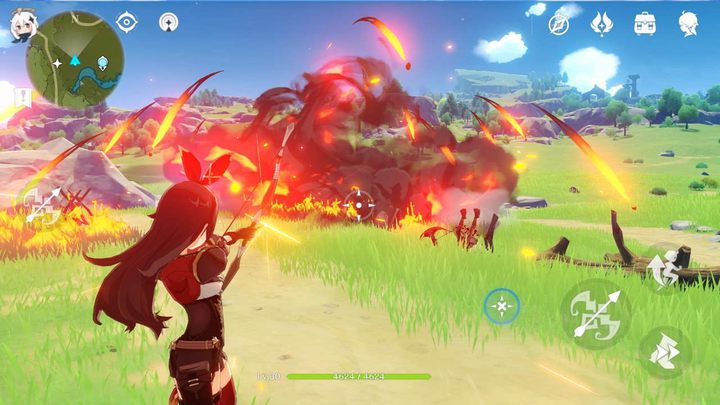
It's hard to make any judgments about what the immediate future holds for the world of gacha. Every now and then a new titles come out (recently it's NieR Re[in]carnation, for example), while others fade away. The coming months, however, will bring another strong contestant. We’re talking about Final Fantasy VII: Ever Crisiswhich which will collect the entire history of the FFVII compilation in one mobile production and will offer gacha-based gameplay. The potential is huge, and I make no secret of the fact that I myself am honed in on this title since it's complementary to the Final Fantasy Dissidia I'm playing.
However, despite the growing popularity of these types of games, there is still work to be done. The vast majority of productions continue to be split between an edition for Asia and a so-called "global" edition managed by a separate team that is belatedly porting content long-available in Japan. In some cases, these delays manage to be minimized (again, I'll use DFF: Opera Omnia as an example here), which has a positive impact on the player base. The aforementioned Monster Strike, which, despite its success in Asia, quickly rolled up in the U.S. and the few Western countries where it was available, should function as a cautionary tale against neglecting a Western release. The developers decided to cut PvP and some content as a cost-saving measure, which resulted in a rapid exodus of players.
However, the future still looks bright for gacha games, for which all of the concerned can be thankful to Genshin Impact, which managed to popularize this feature all over the world. Once again, we have proof that it's not who came first that matters, it's who did it better and had better press.
What kind of gacha should I choose for myself?
Finally, a little bonus from the author. If you haven't had to deal with mobile games offering gacha yet, and after reading this text you decide to start your journey with these types of productions, I have a few hints for you on what to pick for yourself.
First of all – don't rely solely on the popularity of the game. Of course, this is an indication of quality, but it does not guarantee that you will like what you get. It is worth looking at less popular or newer productions that may offer more enjoyable gameplay. It's also a good idea to take a peek at the brands we know and love first. I played FF: Record Keeper for years and now Dissidia Final Fantasy primarily due to being a fan of the series. I was lucky that both games were very successful productions, so I didn't have to force myself to anything. Though I eventually abandoned Record Keeper due to some archaisms and... too much content to deal with.
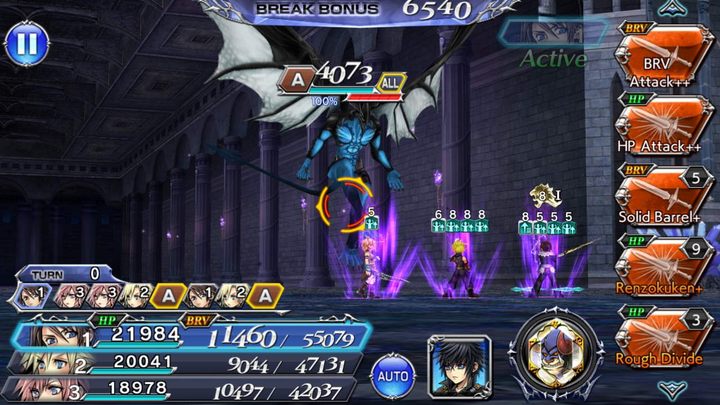
And that's another thing that you have to keep in mind. Bigger not always means better. Developers compete with each other for your time, so they stuff games with as many things to do as possible. As an example, I'll mention War of the Visions: Final Fantasy Brave Exvius, which I felt hard-pressed to get my hands on. However, after two weeks of playing, I abandoned the title because it required too much attention and I quickly grew tired of rummaging through dozens of tables and tabs, as well as being forced to look through too many missions I needed to complete in order to advance the story.
Also, determine right away if you are going to spend real cash on virtual items. At first, every gacha is generous. The climb starts when we get to the so-called end content that requires a sizable investment. Personally, I used to pay in mobile games, but since I devote my time to Dissidia, I only spend ~$5 USD every month as a form of thanking the developer for an extremely honest game, in which you don't have to spend a penny to stay up-to-date (a big part of this is also due to the lack of PvP).
And finally, don't throw yourself at something just because it was recommended to you. Don't be afraid to check out several productions at once. Choose what makes you happy, not frustrated.
